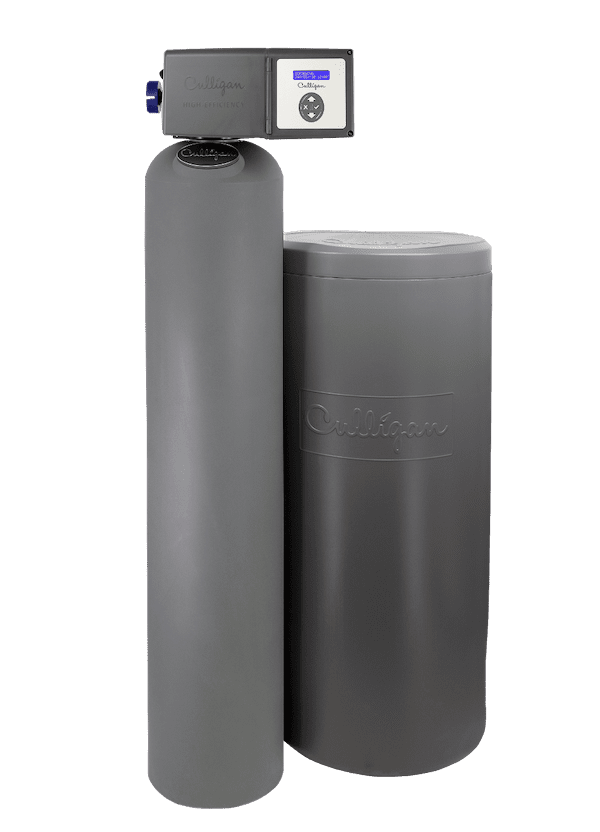How To Keep Your Water Softener Running Smoothly
Maintaining a water softener is not that hard if you know how. Here are a few pointers to help keep your water softener running smoothly for years to come.
Posted in
Hard Water,
Water Softener
Are you the proud owner of a Culligan water softener? Congratulations! You've made a great choice in ensuring your family has soft water. You may be wondering, "How do I maintain a water softener?". Here are a few pointers to help keep your water softener running smoothly for years to come.
1. Familiarize Yourself With the Product Manual
Water softener technology can vary depending on the brand. So, the product manual will be your guide to basic operation. It introduces you to your softener, explains the installation procedures, the modes of operation and troubleshooting methods. Like any piece of equipment, you should be cautious when operating a water softener. Disassembling parts, or not following safety instructions can void warranties, cost money, and even be dangerous.
2. Test and Treat Your Water to Prevent Problems
If your water contains iron, or other contaminants, it can affect the operation of a water softener. You need to have your water tested regularly and make sure you have the right type of equipment for your water.
A water softener will be able to soften your water, but it won't filter everything. Especially harmful contaminants like lead, nitrates, or arsenic. It will only replace the abrasive calcium and magnesium ions from your hard water with sodium ions. The result is so that you get soft water.
 3. Keep an Eye Out for Salt-Bridges in Your Brine Tank
3. Keep an Eye Out for Salt-Bridges in Your Brine Tank
A salt bridge is a layer of hardened salt crust in your softener's brine tank. The clearest sign of a salt bridge is hard water and no salt usage. High temperatures, humidity, or poor salt quality, can create a bridge and prevent the softener's resin beads from regenerating.
Undissolved salt bridges can form at the base of your brine tank, so it's important to check below the top layer of loose salt. Check the brine tank of your softener regularly to ensure there's no salt build up. Salt bridges must be cleared with great caution. Improper cleaning can puncture a hole in the wall of your water softener.
4. Keep Labels with Serial Numbers
Depending on the model, you can find a control valve serial number on the back of the timer case and a media tank serial number on the top surface of the tank. Keep your serial numbers safe. They'll come in handy if you need service.
5. Replace Your Old Water Softener
Over the years, your softener can lose efficiency. Older models are likely to be using more salt, water, and energy than current high efficiency models. Built-in timers, demand-initiated cycles and remote monitoring are a few of the conveniences that newer models offer. If your softener is reaching the end of its life, you may be better off replacing it than repairing.
For installation, regular maintenance, and salt delivery, just call your local Culligan water expert. He's trained and equipped to maintain water softeners of any brand. If you're ready to replace your old softener, talk to your local Culligan dealership about the High-Efficiency Water Softener.

